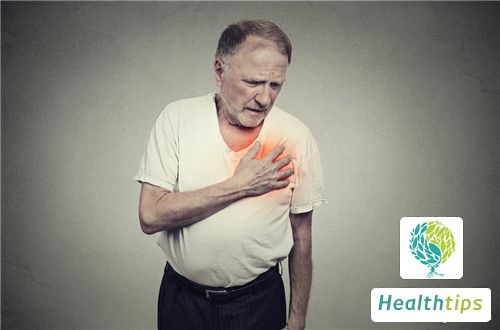For patients with severe heart disease, the implantation of an artificial pacemaker can partially or completely replace the heart's electrical conduction and excitation, enabling patients with arrhythmia to restore normal heartbeat. The implantation of an artificial pacemaker is minimally painful, highly safe throughout the process, and causes minimal trauma to patients. After installing the pacemaker, patients can resume normal work and life, reducing threats to their lives. What is cardiac pacing? Cardiac pacing refers to the implantation of an artificial pacemaker to fully or partially replace the heart's electrical excitation and conduction, mainly targeting severe bradyarrhythmia, enabling patients to live a normal life. This technique is minimally invasive, painless, highly safe, and has reliable treatment effects. It is currently a method for treating bradycardia. Cardiac pacing indications:

1. Patients with bradycardia exceeding second-degree atrioventricular block, carotid sinus hypersensitivity, significant bradycardia symptoms, ineffective or intolerable drug treatment.
2. Tachycardia, mainly manifesting as various recurrent reentrant or supraventricular tachyarrhythmias, ineffective or intolerable drug treatment, and confirmed by electrophysiological examination to be able to be corrected by programmed pacing or shock therapy.
3. Other patients with or potentially having excessive ventricular rates, such as critical rescue, poisoning emergency, anesthesia accidents, heart surgery or interventional surgery, electrical cardioversion, acute myocardial infarction, childbirth, use of drugs that affect heart rate, etc., should take protective measures as appropriate. Some stubborn heart failure can also be treated through pacing.




















